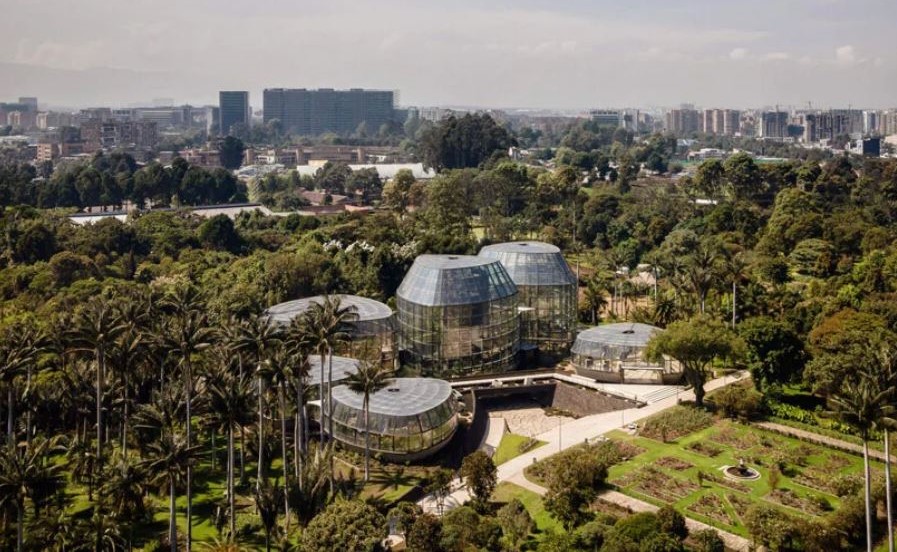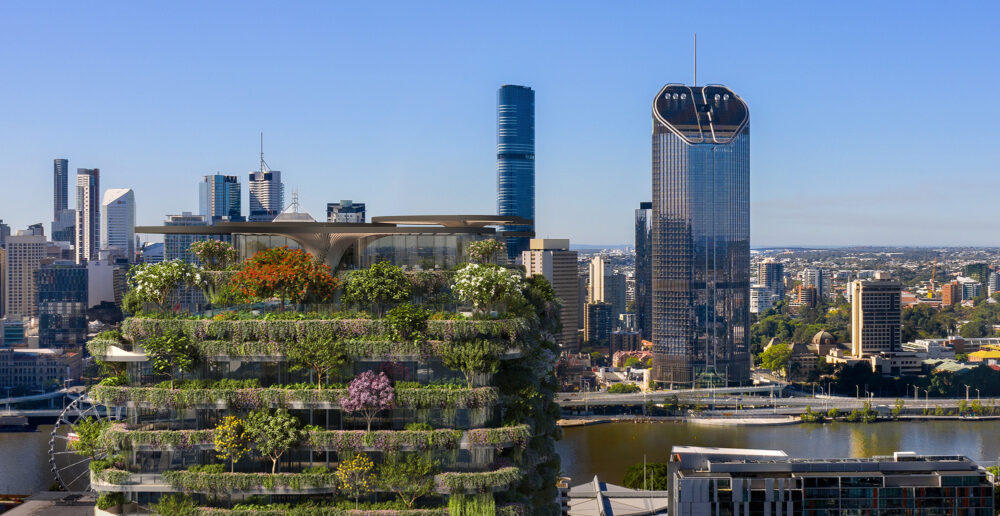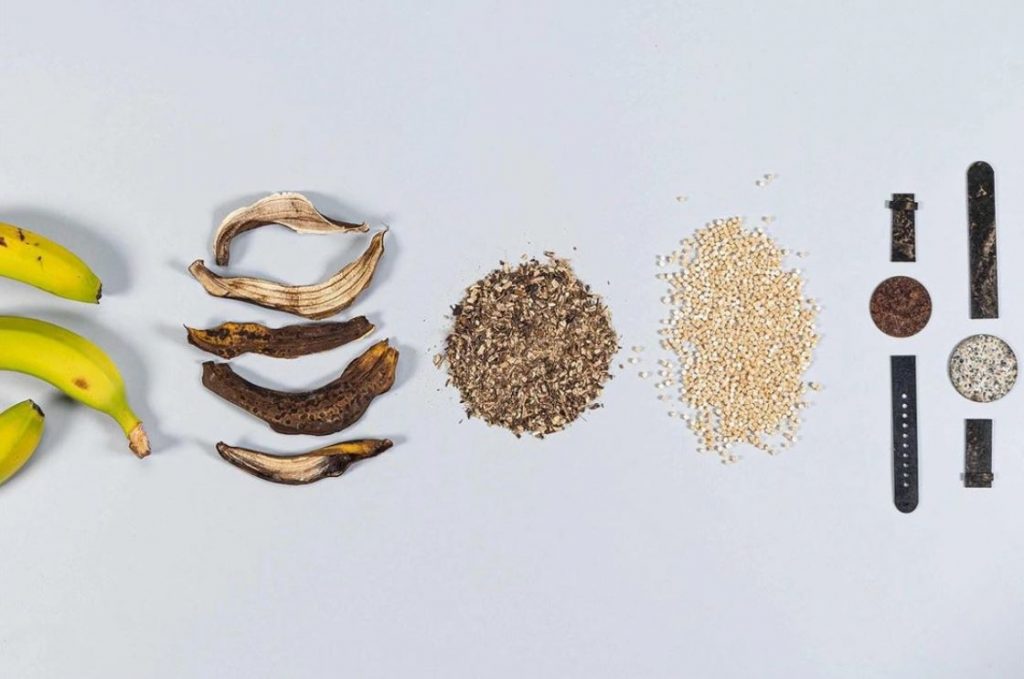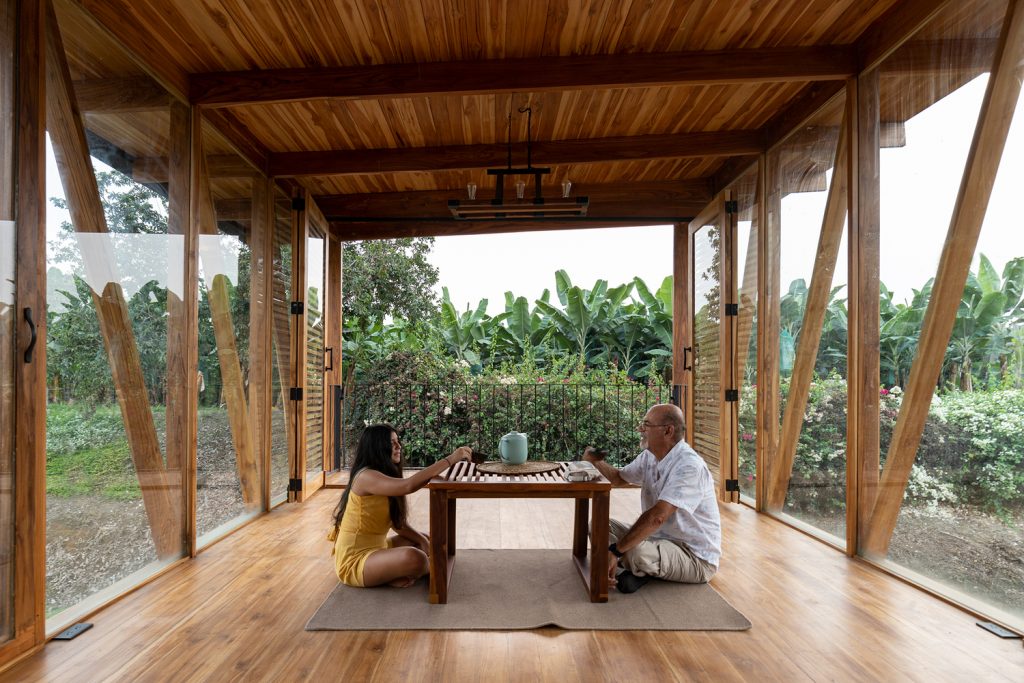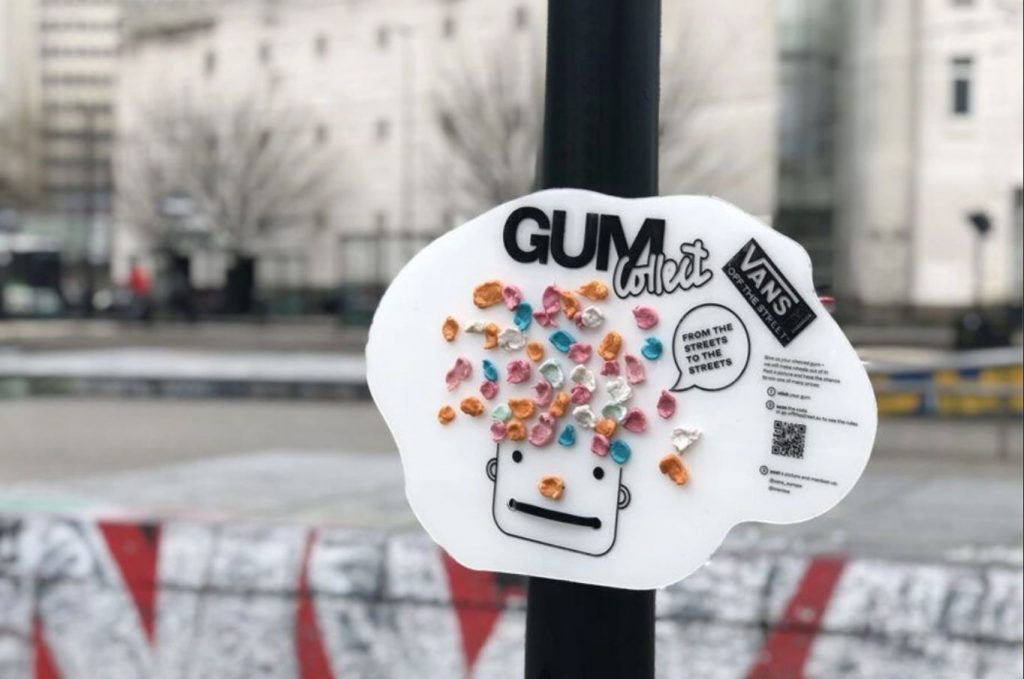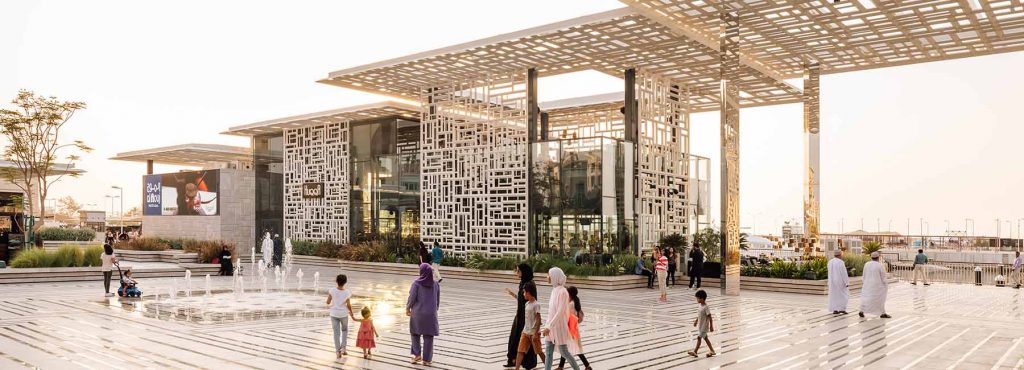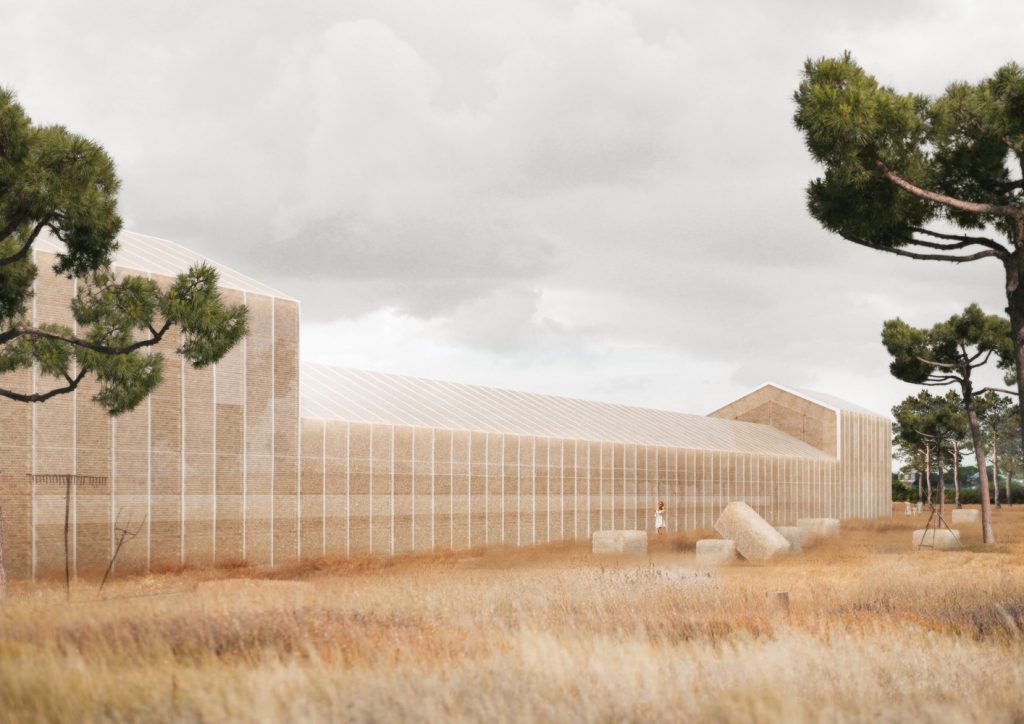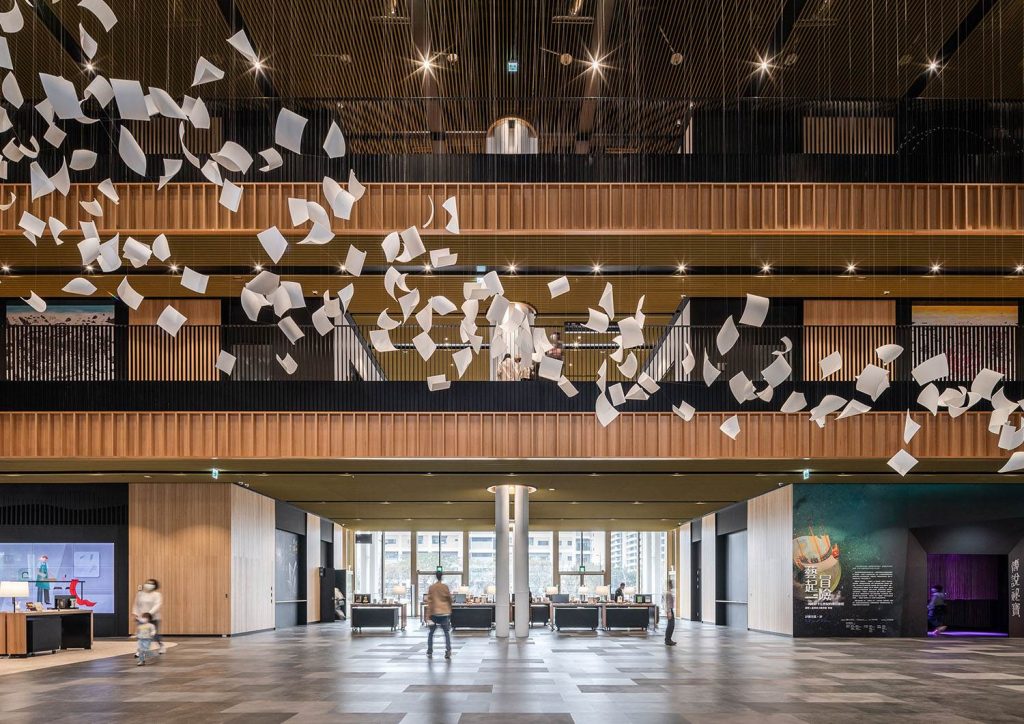Often managed by a research organization or a foundation, a botanical garden is an outdoor space for collection, cultivation, and display of a wide range of plants species including trees, plants and flowers. Unlike parks that are designed for sports and leisure, it is dedicated to conservation of rare and endangered flora species, which means limited access and stricter requirements to the environment inside. Architects and master planners work together to create botanical gardens of the 21st century. Integrated into the urban structure of the city, they offer a unique experience, where pleasure, beauty and scientific knowledge are closely intertwined.
